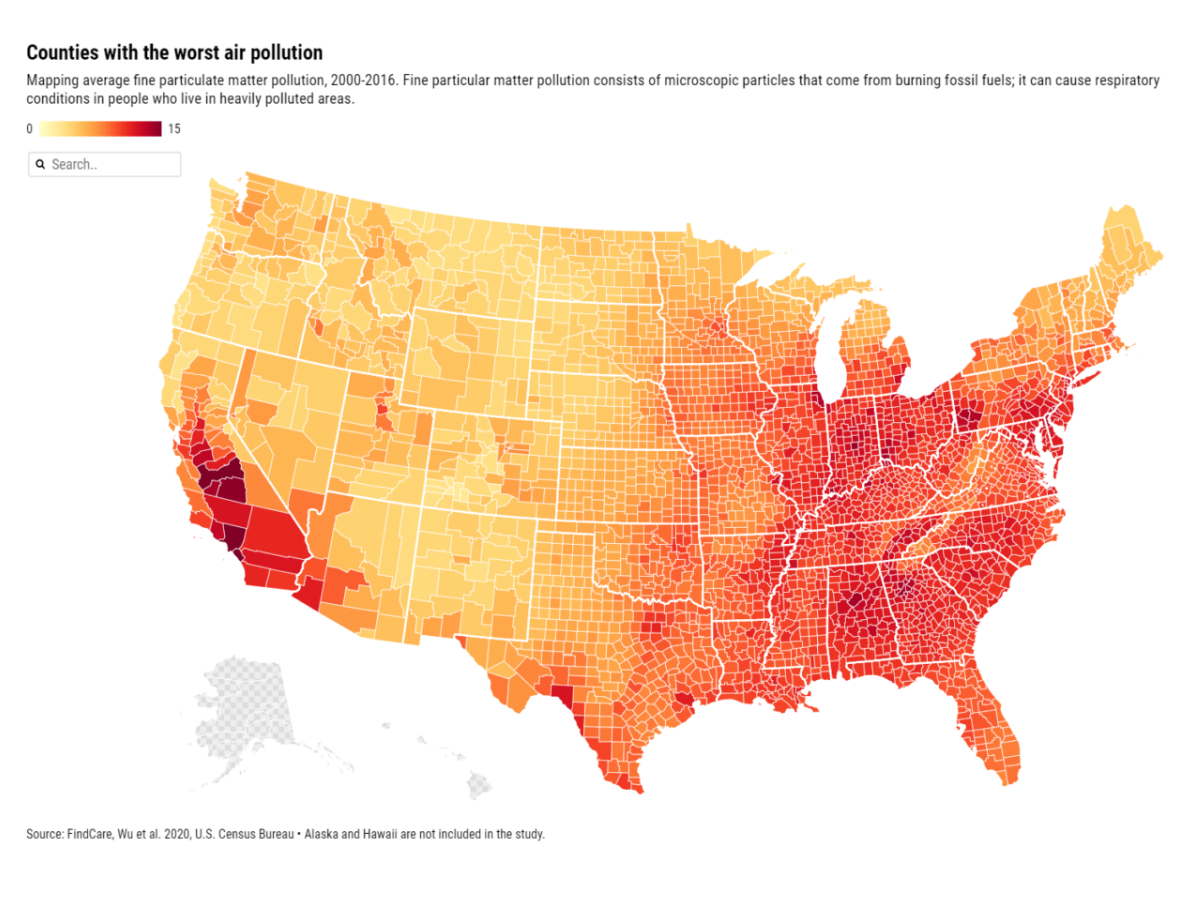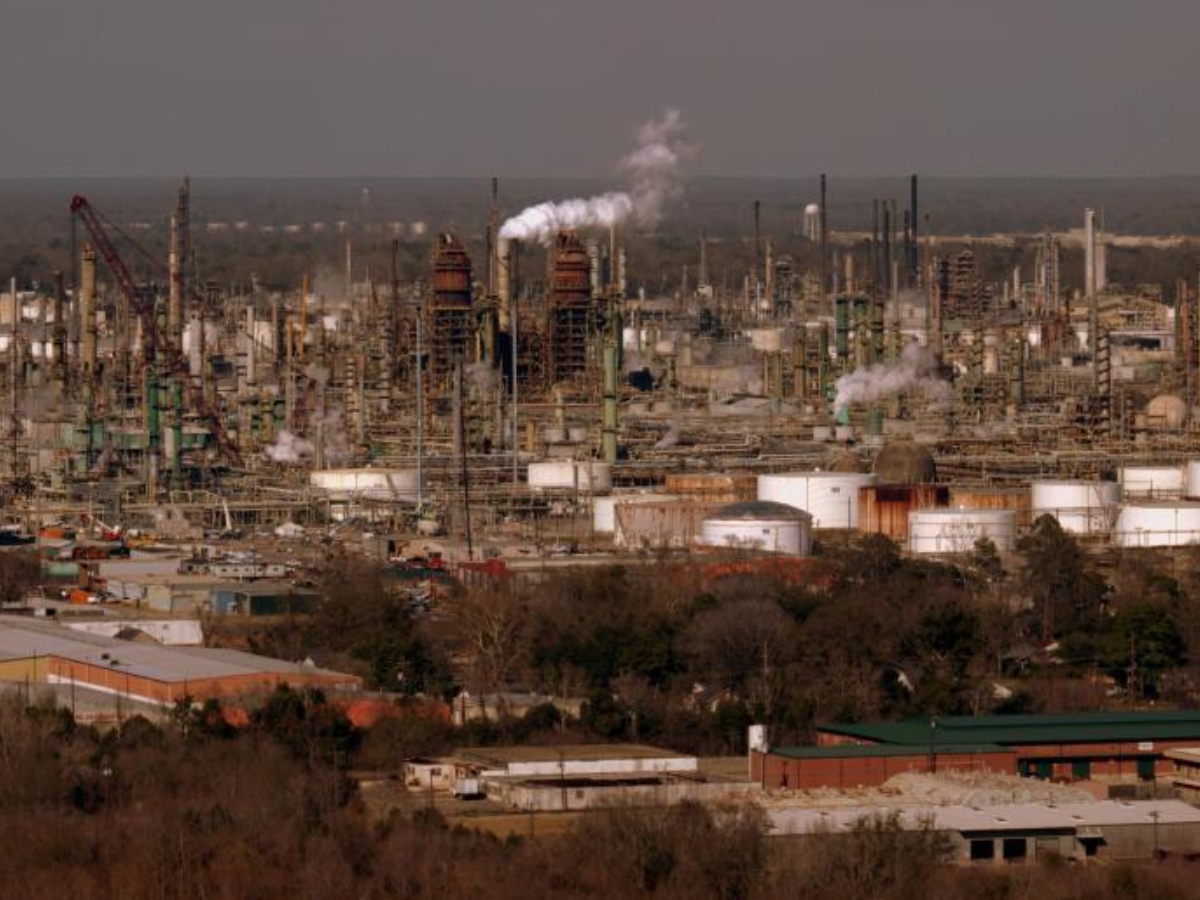#equity
Environmental racism and sacrifice zones: The systematic oppression of pollution
By Jessie Cohen
Too often, climate change is understood as simply impacting the planet, when in reality–no matter what happens–planet Earth will still be here. It is the living things that occupy this planet, plants, animals, and human beings, that stand to experience potentially disastrous results of a changing climate. Understanding climate change through a social justice lens instead of simply considering its impacts on “the planet” at large is what ultimately drew me to the climate justice movement. As a college student, my studies focused on culture and politics, but issues that fall under this umbrella all seemed to lead back to climate justice. I recently graduated and am excited to get more involved in the climate justice movement, starting with my role as an ambassador for TCI.
There are several climate justice related issues that keep me awake at night. However, one in particular stands out in my mind: the existence of “sacrifice zones”. Sacrifice zones are geographic areas that have been heavily impacted by extractivist practices and by industries that degrade the area’s land, air, and water quality. Essentially, these are areas that people in power have decided are worth “sacrificing” for the advancement of capitalist interests.
Sacrifice zones as systematic oppression
In her book “This Changes Everything: Capitalism vs. the Climate”, Naomi Klein writes that sacrifice zones “are places that, to their extractors, somehow don’t count and therefore can be poisoned, drained, or otherwise destroyed”. This quote begs the questions, what factors contribute to the decision of what does and does not become a sacrifice zone? What places “don’t count” or are worth sacrificing for the advancement of industry? The problem of sacrifice zones is far more complex than capitalists picking and choosing random geographic areas to pollute; the fact of the matter is that the areas where they decide to build their factories, fracking rings, and to dump their waste are almost always home to disadvantaged communities. In fact, polluting industries are 75% more likely to have facilities in communities of color than white communities, meaning people of color are subject to far more pollution, the leading environmental health risk factor in the US. The existence of sacrifice zones is another manifestation of how climate issues disproportionately affect marginalized communities and the systematic oppression these groups are subjected to in every aspect of life.

This map shows the concentration of air pollution in the US by county. High levels of air pollution are overwhelmingly located in low-income and communities of color.
A well-known sacrifice zone is the land along the Mississippi River between Baton Rouge and New Orleans, which is home to a huge number of petrochemical facilities. Petrochemical facilities are sites where chemicals are extracted from natural gas and crude oil as well as where these natural resources are refined into products like plastics and rubber. This area has been nicknamed “Cancer Alley” because residents are 50x more likely to develop cancer than the average American due to the emissions from these facilities. Unsurprisingly, the majority of Cancer Alley’s residents are Black and the region has a poverty rate of nearly double the national average.

Petrochemical facilities located in the area known as Cancer Alley
Cancer Alley is an extreme example of the all-too-common phenomenon of environmental racism and overlapping forms of oppression. By placing petrochemical facilities in low-income and communities of color, polluting industries force these communities to bear the brunt of exposure and its health consequences. This speaks to the larger, colliding issues of racial, economic, and climate injustices in the country. The same communities which are dismissed as “sacrifice zones” by capitalist interests are often most subject to extreme heat waves and increasingly destructive storms. The consequences of the climate crisis are not distributed equally, which is why we must always center our focus on climate justice.
It should also be noted that sacrifice zones are not unique to the US. The Alberta Tar Sands and the island of Nauru off the coast of Australia, among others, are examples of global sacrifice zones. Global power dynamics and economics are major players in determining what regions are more susceptible to becoming sacrifice zones, with Western imperial powers typically calling the shots.
Looking to the Future
While environmental racism and the existence of sacrifice zones are major and ongoing issues in our country, significant strides are being made toward environmental justice. In early 2021, President Biden issued an executive order on the climate crisis, with measures to increase climate equity by holding polluters accountable for their actions and protecting public health solutions such as clean water initiatives.
Local victories are also a source of hope. A South Carolina pastor creating a sustainable water farm, hundreds of victories for Indigenous communities land rights, the advancement of a lawsuit against a chicken slaughterhouse that is polluting the water in the primarily Latinx community of Livingston, California. Change is happening across the country, and we can, and should, all be a part of making sure that trend continues.
Some resources to get involved!
TCI’s Climate Justice and Equity Learning Lab
Climate Ready Communities’ Free Guide to Building Climate Resilience
…and many more!

